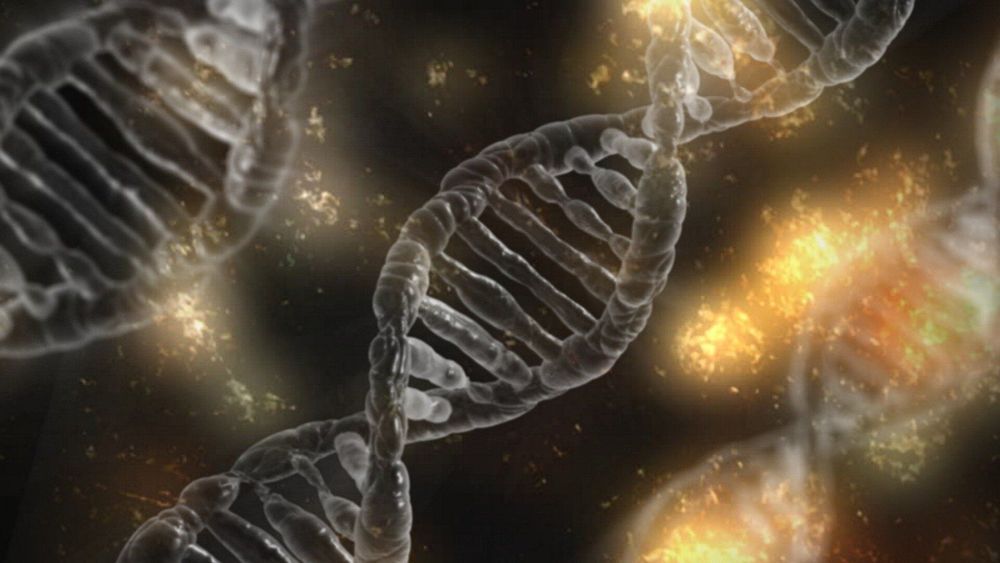Jun 7, 2019
Modelling reveals new insight into the electrical conductivity of ionic liquids
Posted by Saúl Morales Rodriguéz in category: particle physics
A collaborative investigation has revealed new insight into how room temperature ionic liquids (RTILs) conduct electricity, which may have a great potential impact for the future of energy storage.
The research focuses on the debate surrounding the physical mechanism of the electrical conductivity of RTILs. Their charged positive and negative organic ions lead them to be good conductors, but the conductivity seems paradoxical. Their high conductivity arises from their high density of charged ions within the liquid, but this density should also mean that the positive and negative ions are close enough to neutralise one another, creating new, neutral particles which cannot support an electrical current. The modelling attempts to identify how conductivity is maintained in RTILs in light of these contradictory factors.
The research involved an international group of researchers, including Professor Nikolai Brilliantov of the University of Leicester and led by Professor Alexei Kornyshev of Imperial College London and Professor Guang Feng of the Huazhong University of Science and Technology.
Continue reading “Modelling reveals new insight into the electrical conductivity of ionic liquids” »


















